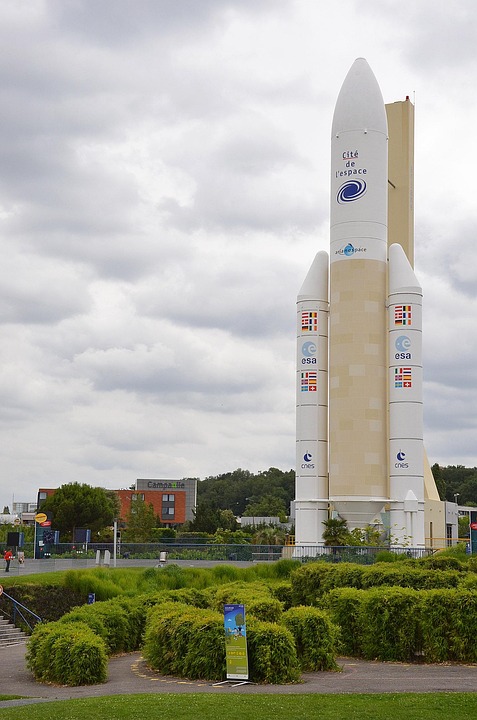The Future of Play: Virtual Reality Gaming in the Metaverse
In recent years, the concept of the metaverse has transitioned from science fiction to a tangible vision of the digital future. Envisioned as a persistent, interconnected virtual universe where users can work, socialize, and entertain themselves, the metaverse is poised to redefine how we interact with technology. At the heart of this transformation lies virtual reality (VR) gaming—a dynamic fusion of immersive technology and digital worlds that is rapidly evolving. As VR and the metaverse converge, they are not only reshaping gaming but also creating new possibilities for creativity, socialization, and even economic activity.
The Metaverse: A New Digital Frontier
The metaverse represents a collective virtual shared space, blending augmented reality (AR), virtual reality, and the internet into a seamless, 3D environment. Unlike traditional online platforms, the metaverse is designed to be persistent, meaning it exists continuously and evolves in real time. It’s a space where users can transcend physical boundaries, attend virtual concerts, explore digital cities, and engage in experiences that feel as real as the physical world. For gamers, this means a shift from isolated, screen-based experiences to a more immersive, social, and interconnected form of play.
Virtual Reality: The Gateway to Immersive Experiences
Virtual reality, with its headsets and motion-tracking systems, has long been a cornerstone of immersive entertainment. By simulating sensory environments—sight, sound, and even touch—VR allows users to step into digital worlds, interact with them, and experience a sense of presence that traditional gaming cannot match. The technology has advanced significantly, with modern VR systems offering high-resolution displays, realistic haptics, and room-scale tracking. As the metaverse gains momentum, VR is becoming the primary tool for accessing and navigating these expansive digital landscapes.
The Synergy Between VR and the Metaverse
The metaverse and VR are mutually reinforcing. VR provides the sensory depth and interactivity necessary to make the metaverse feel alive, while the metaverse offers a vast, collaborative canvas for VR applications. Together, they create a space where gaming is no longer confined to individual screens but becomes a shared, dynamic experience. Imagine playing a multiplayer game where you and friends are physically present in a virtual arena, able to communicate, collaborate, and explore with lifelike avatars. This is the promise of VR gaming in the metaverse.
Key to this synergy is the concept of "presence"—the feeling of being physically in a virtual environment. VR headsets like Meta’s Quest series, HTC Vive, and PlayStation VR enable users to engage with metaverse platforms in ways that traditional devices like PCs or consoles cannot. For instance, in a metaverse game, players might not just control a character but become it, using gestures, voice, and even spatial audio to interact with others and the environment. This level of immersion fosters deeper engagement, making VR gaming in the metaverse a compelling frontier.
Current Examples and Emerging Platforms
Several platforms and games are already experimenting with VR in the metaverse. VRChat, for example, allows users to create and explore custom virtual worlds, with avatars that reflect their real-world movements. Meanwhile, Fortnite and Roblox have embraced VR integration, enabling players to join massive virtual events and social spaces. Companies like Meta and NVIDIA are investing heavily in metaverse technologies, with Meta’s Horizon Worlds offering a VR-based environment for social gaming and content creation.
In the realm of blockchain and decentralized metaverses, platforms like Decentraland and The Sandbox are blending VR with digital ownership, letting users buy virtual land, design experiences, and even monetize their creations. These examples highlight how VR gaming is not just about entertainment but also about building and participating in a digital economy.
Challenges and Considerations
Despite its promise, VR gaming in the metaverse faces hurdles. High costs of VR hardware, such as headsets and powerful PCs, limit accessibility. Technical challenges like motion sickness, latency, and the need for robust internet connections also need to be addressed. Moreover, the metaverse’s open nature raises concerns about privacy, data security, and ethical issues surrounding digital identities.
Content creation is another challenge. Building persistent, interactive virtual worlds requires significant resources and creativity. Developers must balance scalability with engaging design, ensuring that metaverse experiences remain dynamic and inclusive. Additionally, interoperability across platforms remains a critical issue—users should be able to move their digital assets and avatars seamlessly between different metaverse spaces.
The Future of VR Gaming in the Metaverse
Looking ahead, the integration of AI and machine learning could revolutionize VR gaming in the metaverse. AI-driven non-player characters (NPCs) might adapt to player behavior, creating more personalized and responsive experiences. Advances in AR could further blur the lines between physical and digital spaces, enabling hybrid experiences where virtual elements enhance real-world interactions.
As 5G and cloud computing improve, the barriers to entry may lower, making high-quality VR gaming more accessible. The metaverse could also become a hub for eSports, with players competing in virtual arenas that feel as real as physical ones. Meanwhile, the rise of Web3 technologies and NFTs might allow gamers to own and trade virtual assets, fostering new economic models within these digital spaces.
Conclusion
Virtual reality gaming in the metaverse is more than a technological advancement—it’s a cultural shift. It has the potential to transform how we play, connect, and create, offering experiences that are as social as they are immersive. While challenges remain, the rapid pace of innovation suggests that the metaverse will soon become a mainstream destination for gamers worldwide. As hardware becomes more affordable and platforms more interconnected, the boundaries between the physical and digital will continue to dissolve, paving the way for a future where gaming is not just played but lived.
For now, the metaverse and VR gaming are still in their infancy, but their combined potential is undeniable. Whether as a tool for escapism, socialization, or even productivity, this new frontier promises to redefine the very essence of play. The next chapter of gaming is not just virtual—it’s immersive, collaborative, and boundless.







